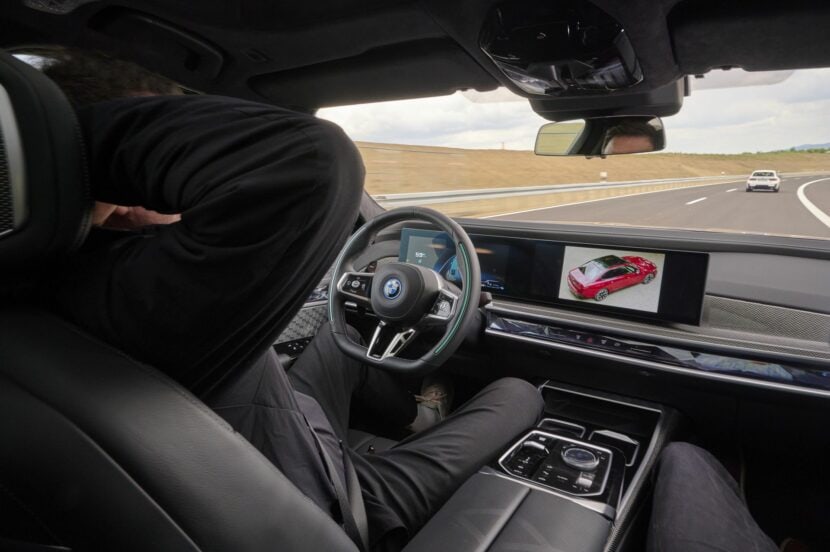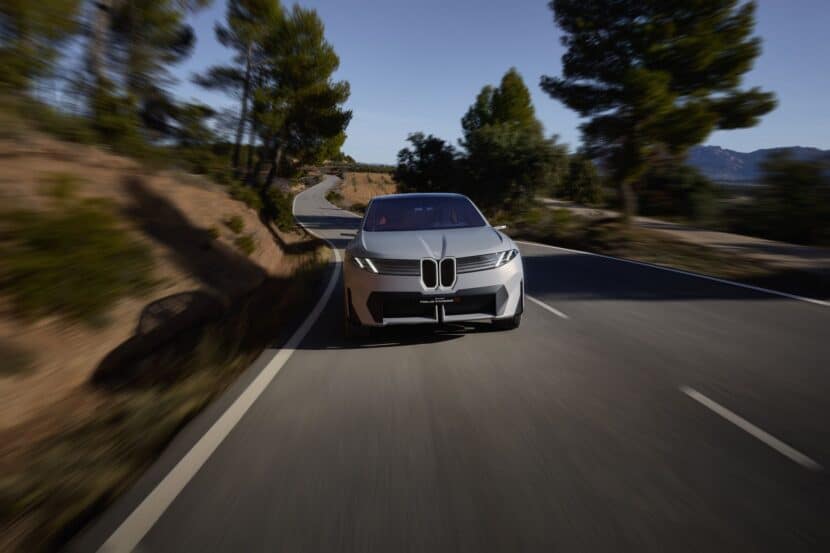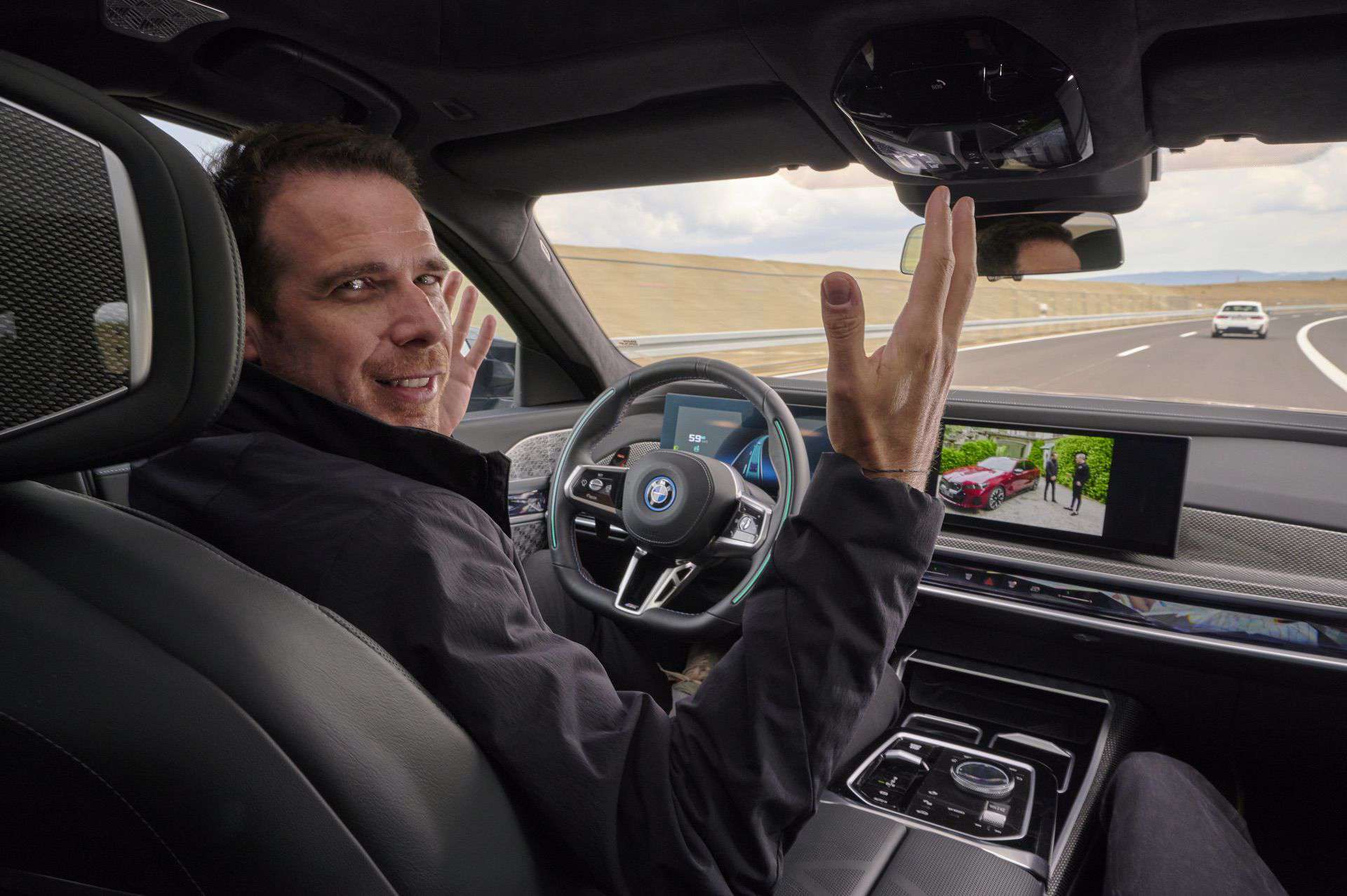Not too long ago, automakers were pushing the envelope of what self-driving technology could achieve. Companies like BMW, Mercedes-Benz, and Tesla confidently announced ambitious timelines, promising a future where vehicles would drive themselves with no human intervention. Level 4 and Level 5 autonomous systems were seen as the inevitable next steps, with optimistic projections suggesting their arrival this decade. The automotive world was at a crucial crossroads, teetering on the brink of an era-defining transformation. But as time has shown, the road to full autonomy has been far more complex, and these expectations have been steadily tempered by the harsh realities of technological and regulatory challenges.
BMW also set high goals for autonomous driving. With its upcoming Neue Klasse models, there was hope that they might finally showcase the pinnacle of BMW’s autonomous ambitions. Instead, according to sources, but not confirmed by BMW, the Bavarians will debut the first Neue Klasse models—the iX3 NA5 and the i3 NA0—equipped only with Level 2+ driver assistance technology (also known as the Highway Assistant in America).
What Happened to Higher Levels of Autonomy?

The pursuit of fully autonomous driving—Levels 4 and 5—requires solving not just engineering puzzles, but complex societal, safety, and cost hurdles as well. For BMW the challenge lies not just in creating vehicles capable of navigating through all types of traffic, weather, and road conditions, but in making these systems robust and reliable enough to ensure the safety of drivers, passengers, and pedestrians.
In a 2023 interview, Dr. Nicolai Martin, Senior Vice President of Automated Driving Development at BMW Group, candidly discussed the company’s roadmap for autonomy. He indicated that while Level 4 autonomy might be the next frontier for BMW, achieving this milestone would still take considerable time and effort. He did not, however, sound optimistic about the prospects of reaching Level 5 autonomy anytime soon. The reason? It’s a matter of sheer complexity and data.
Years earlier, in 2017, BMW’s former head of Research & Development, Klaus Fröhlich, highlighted the staggering scale of the problem. “On a 5 Series, I needed less than five million kilometers to develop the new model. For autonomous driving Level 5, I have to do 150 million test kilometers—and I can’t do it on the road. So we have to build very big computing mainframes, up to 500 petabytes to calculate 95 percent of our driving in virtual environments,” Fröhlich stated. In other words, the leap from Level 2+ to Level 5 involves a data and infrastructure commitment that far exceeds the capabilities of even the most well-funded OEMs.
The Reality of Cost and Market Readiness

Another significant barrier is cost. While the required sensors, cameras, and LiDARs are constantly improving, they remain prohibitively expensive. This makes it nearly impossible to integrate a full suite of autonomous driving hardware into mid-class or entry-level vehicles without pushing prices out of reach for the average consumer.
This reality is reflected in BMW’s strategic decision to prioritize perfecting its Level 2+ driving assistant features, which already offer a comprehensive set of semi-automated capabilities. The current Level 2+ system, available on models like the 5 and 7 Series and the X5, can drive hands free up to a certain speed, maintain speed, keep the vehicle centered in its lane, and even perform some lane changes autonomously when prompted. It’s a far cry from true autonomy, but these features significantly improve driving comfort and safety, while staying within the bounds of what’s realistically achievable today.
In fact, BMW has been quietly refining these semi-automated systems for years, culminating in the launch of its Level 3 technology in the 7 Series—albeit only in Germany, where regulatory approval has been secured.
Neue Klasse: A New Beginning, But Not Quite Autonomous

With the Neue Klasse models, BMW will be taking another calculated step forward. The iX3 NA5 and i3 NA0 are expected to showcase the best of what BMW’s Level 2+ system can offer. There is yet no word whether the more advanced Level 3 and 4 will arrive in the upper classes of cars.





















































